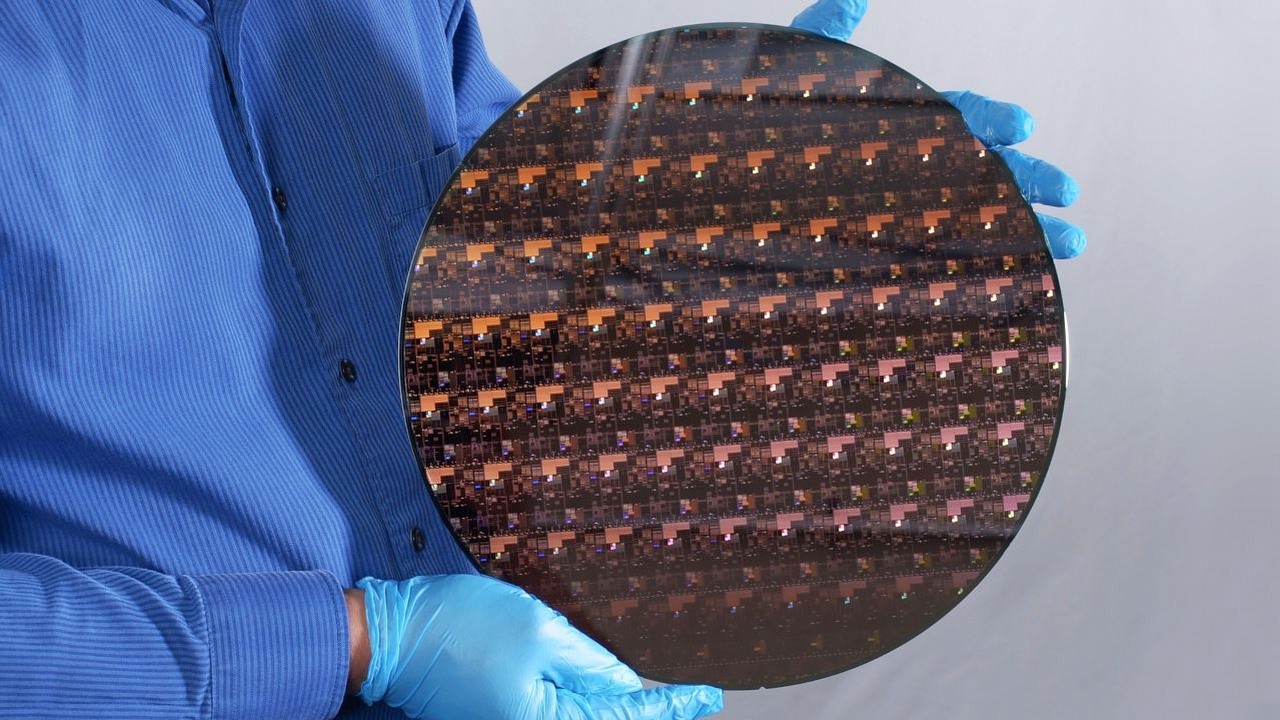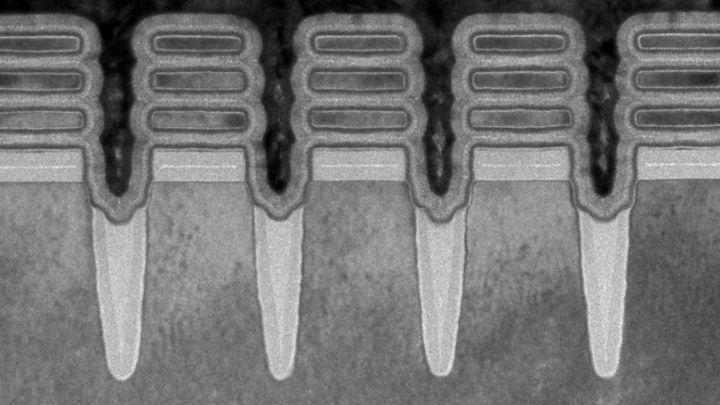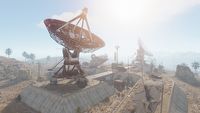IBM Creates World's First 2nm Chip
IBM has manufactured the first chip in 2 nm lithography in laboratory conditions. Future processors based on this technology will be able to consume 75% less power than current 7nm models.

- First chip in 2nm lithography was created in IBM's lab;
- 2nm CPUs can consume 75% less power or be 45% more efficient than current 7nm processors, according to IBM.
The first microchip designed in 2 nm lithography has been created. It was achieved by IBM's laboratory in Albany, New York - the company announced the success in a message on its website. The fingernail-sized chip can contain up to 50 billion transistors. The new technology could be a major breakthrough thanks to much lower power requirements. Processors made in the 2 nm process should consume 75% less electricity than current 7-nanometer designs.

With a similar energy consumption, performance can be increased by 45%.. Power gains or increased energy efficiency are desirable features in mobile devices such as smartphones and laptops, as well as in data centers and supercomputers used for AI computing. According to IBM, the 2nm process can quadruple a smartphone's battery life per cycle. For data servers, which account for one percent of global energy consumption, reducing the carbon footprint is also a noteworthy achievement.
"The IBM innovation reflected in this new 2nm chip is essential to the entire semiconductor and IT industry," said Dario Gil, senior vice president and director of research at IBM.
When IBM produced the first 7nm chip in 2017, it was also a kind of breakthrough and novelty. Nowadays, processors in this technology are already in common use, such as the latest Ryzen GPUs from AMD. Will we also have to wait 4 years for 2nm processors this time? Time will tell, but there are already chips in 5nm lithography, such as Snapdragon 888 or Apple M1. TSMC is also working on technologies for producing 2nm chips, as well as 3nm and 4nm. According to the plans of the Taiwanese manufacturer, processors produced in the last two lithographies can be ready in 2022.
0

Author: Arkadiusz Strzala
His adventure in writing began with his own blog and contributing to one of the early forums (in the olden days of Wireless Application Protocol). An electrical engineer by profession, he has a passion for technology, constructing and, of course, playing computer games. He has been a newsman and writer for Gamepressure since April 2020. He specializes in energy and space tech. However, he does not shy away from more relaxed matters every now and then. He loves watching science-fiction movies and car channels on YouTube. He mainly plays on the PC, although he has modest console experience too. He prefers real-time strategies, FPS and all sorts of simulators.
Latest News
- Larian Studios CEO explains generative AI use in development of Divinity
- Kojima Productions celebrates its big 10th anniversary with an upgraded Ludens
- They didn't conquer TGA, but they were still very successful. Now they are thanking the fans in the best possible way
- Pawel Sasko revealed his favorite Cyberpunk 2077 ending and explained what CD Projekt Red wanted to say to players through the saddest one
- Ubisoft acquired Amazon's studio and is now in charge of a promising game that „has a real opportunity to bring something fresh and dynamic”

